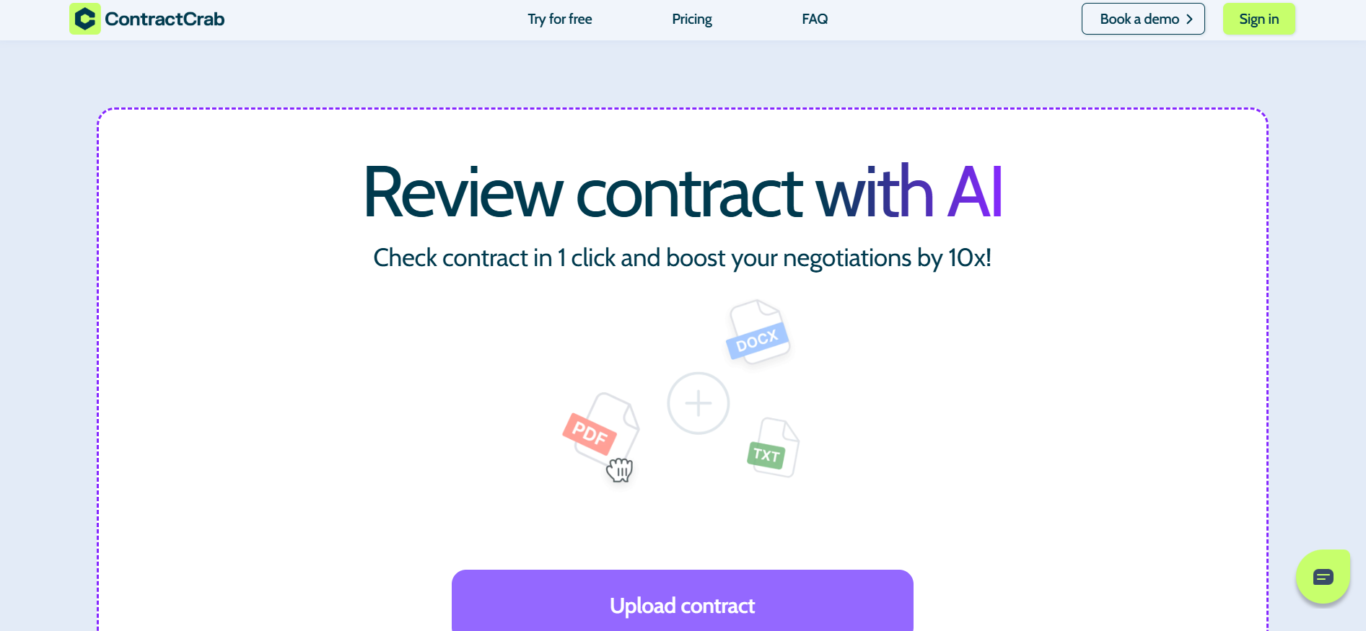3 Best Ways to Speed Up Alert Triage for SOC Team – Use Cases
Security analysts know the struggle: endless alerts, repetitive tasks, and not enough hours in the day. The volume of potential threats can be overwhelming, making efficient alert triage crucial for any Security Operations Center (SOC). The great news is that you don’t have to handle everything manually. By integrating cloud-based tools, automation, and AI-driven analysis, […] The post 3 Best Ways to Speed Up Alert Triage for SOC Team – Use Cases appeared first on Cyber Security News.

Security analysts know the struggle: endless alerts, repetitive tasks, and not enough hours in the day. The volume of potential threats can be overwhelming, making efficient alert triage crucial for any Security Operations Center (SOC).
The great news is that you don’t have to handle everything manually. By integrating cloud-based tools, automation, and AI-driven analysis, you can dramatically speed up triage while maintaining accuracy.
Let’s dive into three practical ways to speed up SOC workflows.
1. Use a Cloud Sandbox
If you’re still manually setting up virtual machines (VMs) to analyze suspicious files or links, you’re wasting valuable time. A cloud sandbox lets you safely detonate malware, analyze phishing links, and test suspicious files in an isolated environment without the hassle of configuring a VM from scratch.
How a cloud sandbox makes the processes faster and easier:
- Instant access: No need to configure a VM from scratch. Start analyzing threats in seconds.
- Flexible testing: Easily switch between OS environments and network settings to mimic real-world scenarios.
- Deep visibility: Interact with the malware in real-time, monitor system behavior, and capture network activity effortlessly.
- Scalability: Investigate multiple threats at once without worrying about local system resources.
- No clean-up needed: Every session is isolated, so you don’t have to reset or wipe your VM after each analysis.
One such tool is ANY.RUN’s fully interactive cloud sandbox, where analysts can upload files, examine URLs, engage with malware dynamically and gather IOCs—all without running their own VMs.
The image above displays the analysis of a phishing sample in the ANY.RUN sandbox, where the service automatically detects malicious activities and provides a clear verdict on the threat.
Equip your team with real-time threat analysis and automation:ANY.RUN’s interactive cloud sandbox helps businesses investigate threats faster. Start your 14-day free trial today!
2. Automate Repetitive and Dull Tasks
Triage often involves tedious, time-consuming steps that don’t require human intervention. By automating these processes, SOC teams can focus on deeper investigations instead of manual work.
A sandbox like ANY.RUN automates multiple tasks, significantly speeding up analysis and improving detection accuracy. Here’s how:
- Detects and extracts malicious attachments automatically
- Identifies phishing links, even those hidden inside PDFs or QR codes
- Opens suspicious links in a sandboxed browser for behavior analysis, and more.
To better understand how automation improves phishing investigations, let’s examine a real-world phishing email inside ANY.RUN’s cloud sandbox.
View analysis session
The sandbox first analyzes the structure of the email and detects an attached PDF file. Since PDFs are commonly used in phishing attacks, the sandbox automatically inspects its contents.
Inside the PDF, the sandbox identifies a QR code, which is a technique often used to bypass traditional link detection systems. Instead of requiring the analyst to manually scan the QR code, the sandbox extracts the embedded URL automatically and opens it in a controlled environment.
The extracted URL leads to a fake Microsoft login page, designed to steal login credentials. While the page appears legitimate, the sandbox recognizes all the signs of phishing.
The sandbox flags the domain login-online-nnicrosoftsharing355validationservicie.org as suspicious. Here we can see that the attacker has used “nn” instead of “M” in “nnicrosoft” to mimic a real Microsoft domain and trick users into entering their credentials.
Another clear sign of phishing is that the Microsoft favicon is broken here. Legitimate Microsoft login pages always display the correct icon, while phishing pages often fail to replicate it accurately.
By automating these steps, ANY.RUN drastically reduces the time required for phishing email analysis, helping SOC teams identify and stop threats faster. Analysts no longer need to manually extract URLs, scan attachments, or open suspicious links themselves—the sandbox handles these tasks instantly and accurately.
3. Use AI to Speed Up Decision-Making
Even experienced analysts sometimes encounter behavior they don’t immediately recognize. This is where AI-powered insights can help by providing instant analysis of suspicious files or network activity.
How AI helps in SOC triage:
- It detects patterns that may not be obvious at first glance.
- It summarizes suspicious activity, helping analysts act faster.
- It reduces the need for deep manual analysis in straightforward cases.
For instance, in this Lumma Stealer analysis, ANY.RUN’s built-in AI assistant provides an instant summary of the malware’s behavior, making it easier for analysts to understand its impact.
It should be noted that unlike external AI tools, ANY.RUN’s AI operates entirely on its own infrastructure, meaning no data is shared with third parties. This keeps malware investigations fully private and secure, making it an ideal solution for handling sensitive cybersecurity cases.
Using AI within sandboxes such as ANY.RUN is simple and highly effective. Just click on the “AI” button next to any detected process or threats flagged by Suricata rules. You will instantly receive an AI-generated explanation, helping you quickly interpret suspicious activities.
You can also access the full AI summary by clicking the AI button in the upper-right corner of the sandbox interface.
Transform Your SOC with Faster, Smarter Threat Analysis
SOC teams are under constant pressure to process alerts quickly and accurately. By leveraging cloud sandboxing, automation, and AI, analysts can:
 Reduce manual work and focus on real threats.
Reduce manual work and focus on real threats. Identify phishing and malware faster.
Identify phishing and malware faster. Speed up decision-making without sacrificing accuracy.
Speed up decision-making without sacrificing accuracy.
If your team is still relying on slow, manual triage, now is the time to modernize your approach. The right tools like ANY.RUN sandbox can streamline investigations, improve detection speed, and make your SOC more effective than ever.
Ready to optimize your threat analysis workflow? Start your 14-day free trial of ANY.RUN today and experience the difference.
The post 3 Best Ways to Speed Up Alert Triage for SOC Team – Use Cases appeared first on Cyber Security News.















































![Marijuana’s hidden threat to fertility and family planning [PODCAST]](https://kevinmd.com/wp-content/uploads/The-Podcast-by-KevinMD-WideScreen-3000-px-1-scaled.jpg)


































